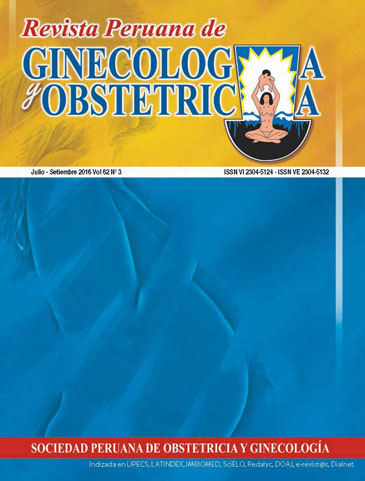First pregnancy with transfer of morphokinetics-selected embryos in Peru
DOI:
https://doi.org/10.31403/rpgo.v62i1923Abstract
Embryo selection by using morphological characteristics has been the main tool to select the best embryo to transfer in assisted reproduction technology (ART). However, embryo development is a dynamic process that cannot be monitored with conventional microscopes. The introduction of incubators with an integrated micro-camera system, denominated time-lapse incubators, has allowed to register morphological and kinetic events in human embryos, becoming useful markers for embryo selection. In this report, we present the first pregnancy in Peru using morphokinetic parameters in a time lapse incubator.Downloads
Download data is not yet available.
Downloads
Published
2016-10-18
How to Cite
Portella, J., Nuñez, D., Obregón, E., Chávez, N., Noriega Hoces, L., & Guzmán, L. (2016). First pregnancy with transfer of morphokinetics-selected embryos in Peru. The Peruvian Journal of Gynecology and Obstetrics, 62(3), 279–283. https://doi.org/10.31403/rpgo.v62i1923
Issue
Section
Casos Clínicos
















